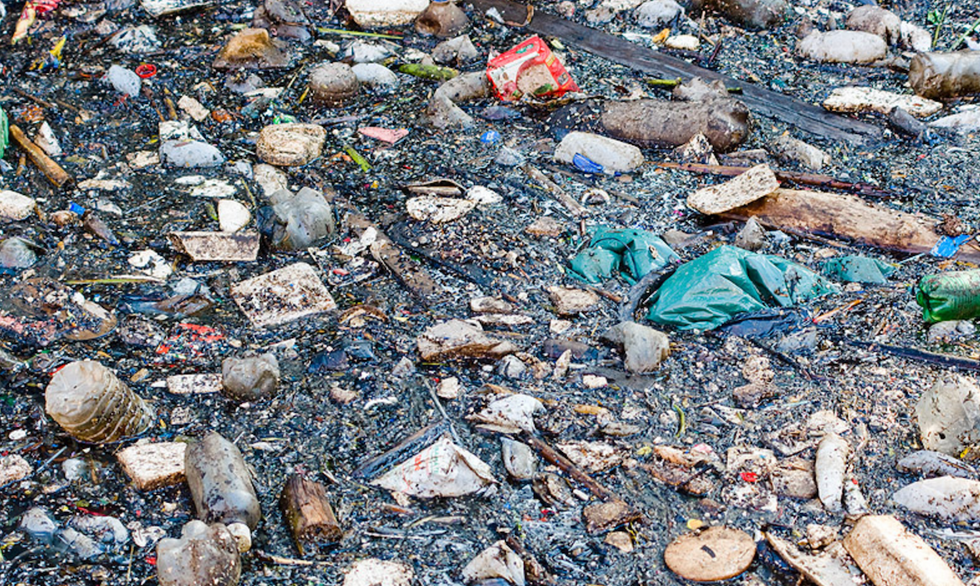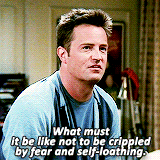Picture this...
You're walking along somewhere, maybe it's in the woods and there's a stream nearby. You see some trash on the side by the river, but don't pick it up because it's only a little and that not going to hurt anything.
Well, what if I told you not all trash ends up in a dump, even worse not all of it ends up in a sewer, river or on a beach somewhere. Nope. It ends up in the ocean.
The Great Pacific Garbage Patch stretches for many, many miles across the Pacific Ocean and it consists of mainly non-biodegradable plastic.
And that not all, it's getting worse. Researchers have recently discovered another mass of trash in the South Pacific that's almost 1.5 times the size of Texas.
So the question is: How are these massive piles of garbage formed?
The answer lies in the way the ocean's currents move.
The Great Pacific Garbage patch is compromised of both the Western Garbage Patch and the Eastern Garbage Patch and is bound by the North Pacific Subtropical Gyre-created by the interaction of California, North Equatorial, Kuroshiro, and North Pacific currents-that span an area of about 20 million square miles.
An ocean gyre is any large system of circulating ocean currents, particularly those involved with large wind movements.
What do you think of when you hear the term garbage patch?
Many people picture an "island" of some kind. This, however, is not the case.
While it may look as if this is so, its actually made up of microplastics that can't be seen with the naked eye, making the water look like a cloudy soup with larger pieces of trash mixed in and much of it (about 70%) sinks to the bottom of the ocean.
So what's the problem and how do we fix it?
Weel, the trash can threaten wildlife in several ways.
It can entangle them, this is a major problem for sea turtles who can be drowned in the big sea nets that many people use for fishing.
Birds can mistake small pellets of trash for food, and photodegeneration can cause harmful chemicals to leak into the water. Any and all sea life is susceptible to plastic but for sea turtles, it is especially dangerous.
The solution?
Well, the first answer is biodegradable plastic.
Another answer could be finding or creating a solution that removes and breaks down the plastic. Of course, there are much more than just these two, click here for more solutions.
This is a major problem that we as humans need to address before it's too late to do something about.
The ocean may be big but it won't be able to hold all that trash forever.








































